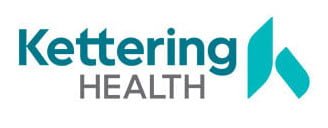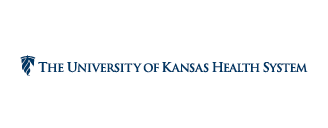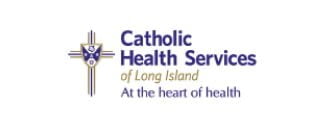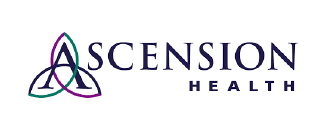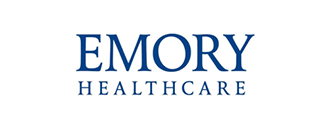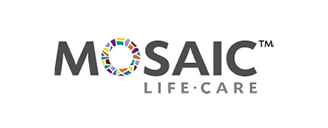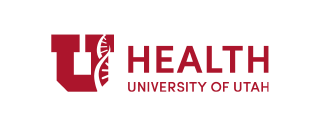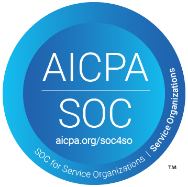Introduction
Healthcare supply chain sustainability is not just in the interests of the planet. Reducing the environmental impact of healthcare’s supply chain can also improve operational efficiency, provider satisfaction and patient health, and health systems’ bottom lines.
In the second article of our series on Getting Comfortable with the Uncomfortable, we explore the growing urgency for sustainability in the healthcare supply chain. We discuss why it’s important for health organizations to prioritize supply chain sustainability and the benefits of doing so. We close with several actionable strategies to improve the environmental impact of supply chain activities.
Why prioritize healthcare supply chain sustainability
Supply chain activities account for 71 percent of emissions in the healthcare industry. This includes every step from the production, transport, and disposal of all products and services used by healthcare consumers.
To put it another way, if the global healthcare industry were a country, it would have the fifth largest climate footprint on the planet. This is the equivalent of 4.4 percent of the world’s entire emissions output.
All these emissions are adding up to several key challenges for the industry. Although pandemic-related disruptions have reigned in news headlines, climate-related disruptions are becoming more common as well, and with longstanding impacts.
Severe weather events
Freezes, floods, hurricanes, wildfires, and other types of severe weather induced by climate change are already creating shipping disruptions, production delays, and other obstacles for the global supply chain. Healthcare is no exception.
To name one example, just last year a tornado struck and destroyed a Pfizer facility in North Carolina. The production facility is responsible for producing 25 percent of sterile injectable medicines used in US hospitals.
While this event fortunately did not trigger widespread disruption, it resulted in costly and time-consuming disruption to Pfizer’s internal operations. The company lost over 40,000 pallets of finished medicines and packaging supplies. In addition, Pfizer continued to pay its 3,200 employees of the facility during months of repairs.
Shifting industry priorities
In the wake of severe weather disruptions, sustainability is no longer just a “should” for supply chain leaders. New regulations and organizational sustainability initiatives such as ESG scores make sustainability an imperative as well.
For example, a 2023 McKinsey survey found that 85 percent of chief investment officers consider ESG factors in their investment decisions. The same survey also found that investors are willing to pay a premium for demonstrating a strong correlation between ESG initiatives and financial performance.
The above factors have garnered the attention and concern of healthcare supply chain leaders across the industry. In a recent webinar, 77 percent of supply chain leaders indicated that sustainability is now a key focus for their business in 2024.
Fortunately, supply chain sustainability does not have to remain theory or speculation. There are several research-based strategies that supply chain leaders can implement to reduce their environmental output and build resilience in the wake of extreme weather events.
Ways to improve supply chain sustainability
Addressing sustainability within the healthcare supply chain requires a fundamental shift in supply chain management strategies. This includes implementing more sustainable sourcing efforts, building resiliency against extreme weather disruptions, and improving operational efficiency wherever possible.
First, there are several methods to sourcing healthcare products more sustainably. One of the most well-documented and high impact of these strategies is sourcing alternatives to inhaled anesthetics.
According to the Patient Safety Network, inhaled anesthetics account for up to 5 percent of a healthcare facility’s carbon emissions. By simply switching to a less carbon-intensive inhaled anesthetic—of which there are several that are just as safe and effective—healthcare organizations can significantly and instantly reduce their carbon footprint.
Prioritizing local and regional suppliers can help supply chain leaders source more sustainably as well. Investing in locally procured supplies and services is not only less carbon-intensive, but it also boosts supply chain resilience. There’s much less chance of disruption to your supply chain when your supplier is down the street versus across the world.
Health organizations can also source more sustainable packaging materials, such as recyclable or biodegradable options, to reduce waste. Optimizing packaging sizes can further help reduce unnecessary waste and maximize space utilization during transportation.
Lastly, thanks to more advanced technologies, healthcare organizations can create both energy and operational efficiencies within their supply chains. Incorporating warehouse energy efficiency measures such as automated LED lighting and temperature controls can help reduce energy consumption and costs.
Enhance supply chain sustainability with VPL
Software can promote supply chain sustainability by allowing health organizations to proactively monitor shipments and plan inventory space to reduce waste. For example, VPL’s software tools improve efficiency with real-time ETA tracking into shipments from supplier to point of care.
This feature ensures that supply chain teams know exactly what products are arriving where and when. Our solution can also send shipment updates to all stakeholders, including clinicians, to avoid duplicate ordering and/or supply stockpiling.
The ability to track incoming shipments also allows receiving docks to plan for high- or low-volume days. This improves operational efficiency and allows for resources to be reallocated to other tasks on low-volume days.
When approaching a technology solution with sustainability in mind, it’s important to align with vendors who share the same goals to reduce their environmental impact. One way to ensure that you’re partnering sustainably is to choose vendors that follow the environmental, social, and corporate governance (ESG) framework.
At VPL, we take a holistic approach to social responsibility that includes environmental, labor, ethics, and sustainable procurement best practices. We align with the ESG framework with our policies on environmental awareness, energy consumption, water conservation, responsible disposal, and air pollution awareness.
Visit the first article in this series to learn more on implementing digital tools in your healthcare supply chain. Or visit https://getvpl.com/demo/ to see if VPL is the right solution for your health organization.
Conclusion
Sustainability in the healthcare supply chain is the next big challenge the industry must conquer. At the same time, it presents a great opportunity to fortify and streamline supply chain activities.
While there is much to be done to reduce healthcare’s environmental footprint, supply chain leaders can forge the path ahead by implementing evidence-based strategies within their own operations.
Not only does a more sustainable supply chain promote a better environment, but it also boosts efficiency and resiliency. These improvements directly correlate to a stronger health system and overall healthier patient population.
This blog is the second in our series on Getting Comfortable with the Uncomfortable: The top trends powering the future of the healthcare supply chain.” Learn more from our partners at LLR in their blog.
About VPL
We modernize clinical supply chains to support healthier patients. Our technology-driven solutions and consultative customer experience empower health systems and outpatient pharmacies to build smarter, more resilient supply chains. With over 700 hospitals and a 97% customer retention rate, we’re trusted to deliver transparency, cost savings, and peace of mind.
